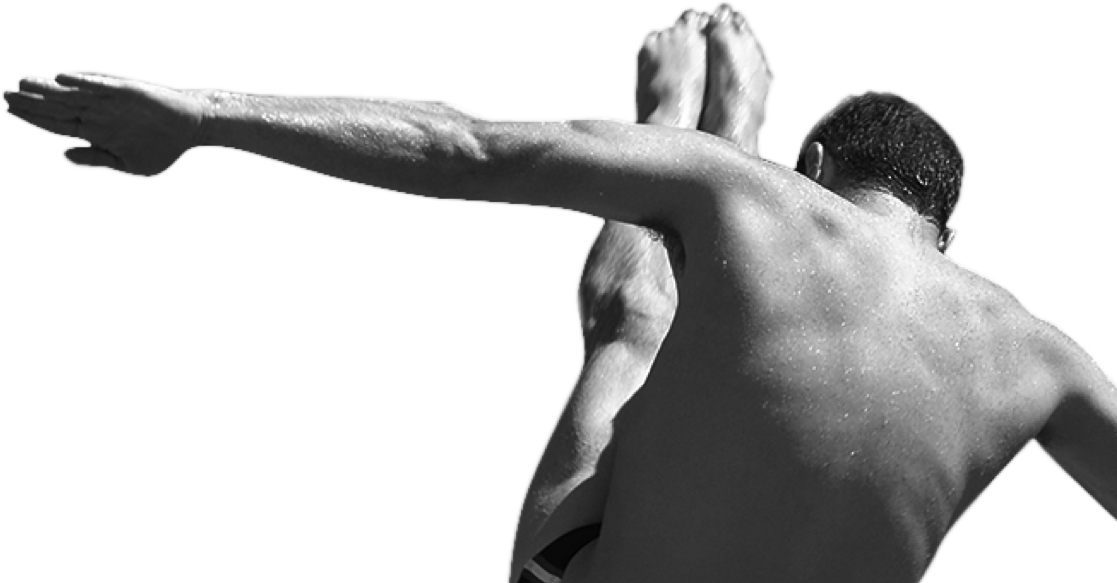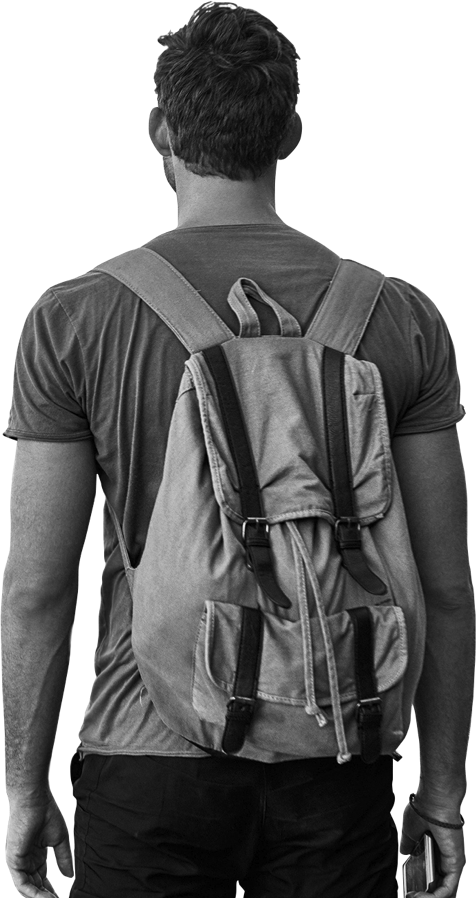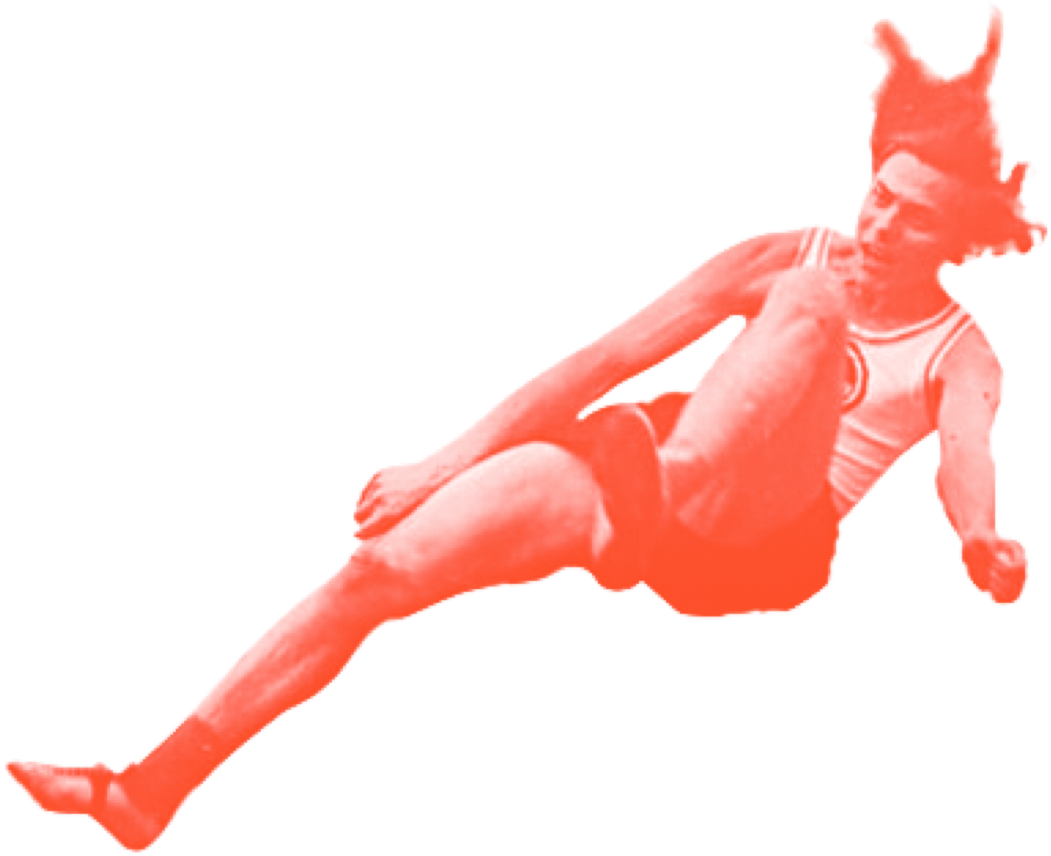


Memories stored inside the body are translated into signs and forms, matter and light, inside the architectural space by interpreting the neural patterns mapped out by the body as it moves around.
This allows the appropriate sensory-motor metaphors to be selected.

This means that our language and our thoughts, implicitly, trigger simulation mechanisms and anticipation, thanks to our sensorial-motor system, fed by proprioceptors (skeletal-muscular system, inner ear, skin) interoceptors (heartbeat, breathing, digestive system, chemical mix) and exteroceptors (olfactory system, sound, vision)
The transition from a sensory-motor metaphor to architecture, so that an embodied simulation can be generated, may be broken down into four stages:

Numerous sensory-motor kinematic simulations may be triggered off during interaction with space. They are recorded bottom-up, so integrated signals on a sensory level are paired with memory’s top-down projected model. The user’s downward-flowing emotional expectations are recognised in the emotional layer activated upwards by the body’s movements through architectural space.


| TUNED Brief & Certificates | ||||
|---|---|---|---|---|
| Code | List of operations | BASIC | FINE | ATTUNED |
| A1 | Study of operating realm |

|

|
|
| A2 | Analyses of functional programme |

|

|
|
| A3 | Defining of rooms involved in the project |

|

|
|
| A4 | Connection between underlying feelings and project rooms |

|

|
|
| A5 | Association between sensory-motor metaphors (SMMs) and underlying feelings |

|

|
|
| A6a | TUNING IN Physiological analyses |

|

|
|
| A6b | TUNING IN Physiological analyses and breakdown of SMM phases |

|

|
|
| Test DOXA | Sample group: Focus group and/or on-line surveys |

|

|
|
| B1 | TUNING IN + Adjustment of post-DOXA physiological analyses |

|

|
|
| B2a | Project rooms: main pathways and trajectories |

|

|
|
| B2b | Layout of rooms and breakdown into units |

|

|
|
| B2c | TUNING BASIC: Brief about typology, geometry, proxemics and light |

|

|
|
| B2d | TUNING FINE: Brief about materials, rhythm, colour, textures, sounds and smells |

|
||
| B3 | Defining of relations between internal rooms |

|
||
| B4 | Consistency between public image and internal rooms |

|
||
| B5 | Devising of BRIEF: pre-project graphs and matrixes |

|

|
|
| C1 | Help with preliminary and executive project development |

|
||
| C2 | Help with works management |

|
||
| Test | Test of level of attention to pre-project starting conditions |

|
||
| Test | Test of level of attention to project brief in virtual reality |

|
||
| POE1 | Post-occupancy assessments of DOXA test on sample group of users |

|
||
| POE2 | Post-occupancy assessments of measurements of users’ attention levels |

|
||
Urban design and planning require an extremely extensive multidisciplinary approach. Knowledge of how mental and physical health is linked to the form and structure of the city, quite part from air pollution, is now well-stablished, although it not widely. Functional layout, structural design, the heights of properties and urban sculpture are, for better or worse, a mirror of the quality of private/public open space. The role of parks and gardens, trees and lawns, is just as important as the layout of built structures. Thanks to the decades of experience its team has acquired, TUNED City can draw up a brief to set masterplans on the right tracks for protecting the mental-physical health of its inhabitants.
Applied to workplaces, ranging from offices to manufacturing plants and logistical structures. Intensive research into the distinctive aims and goals of companies and mental-physical needs of workers has allowed an integrated and carefully targeted approach to the perfected. Defining the quality of services and associated social interactions, studying users background emotional expectations and other specifics (spatial quality and layout, sensorial deprivation-overload) has resulted in the fine-tuning of a well-defined operating model.
Designed for all health care facilities requiring a high degree of clinical speciality on the part of staff, where users’ emotions are most acute: care homes for the elderly and hospitals. The activities TUNED Healthcare can develop are the result of the team’s extensive experience in this field. A clinically-informed brief is set down with the help of staff and doctors during the very early stages to produce specific guidelines about the layout of space, ancillary services, repercussions on human relations, the quality of environmental perception and implications for therapies.
Research has definitively shown that educational space has a notable impact on emotional reverberation, attention, memory and, consequently, learning. Issues related to the flexibility of activities, use of digital technology, movement within groups, and new teaching methods, can be integrated and managed based on a brief drawing on interaction with the outdoors, natural light, architectural quality, the presence of vital features like greenery, and the flows and organisation of services for supplementary activities, so as to guarantee high levels of socialising and performance.
Our experience of living space is changing. The miscellaneous nature of activities carried out in this space and the development of digital technology and networks have resulted in more time being spent inside living space. This means that heterogeneity will tend to dictate its layout to accommodate miscellaneous means of usage and human relations. This moves hand in hand with an increasing number of different types of families and of collaborative user profiles. TUNED Living draws on scientific evidence and analyses of implicit expectations to determine the right degree of flexibility and time spent indoors, i.e. the degree of responsiveness, the quality and type of services supporting living to be incorporated in properties, and the role and distinctive traits/features of both intermediate and external spaces.
Arriving at and departing from city stations and airports is an experience that is changing due to technological innovation, globalisation and even new user profiles. New economic management models and more synergic relations with cities and territories are introducing work, business, leisure and hospitality operations into travel facilities. This complexity must be managed based on an understanding of perceptual mechanisms and the precognitive expectations of both individuals and groups in elaborate settings. Attention, fear, latent panic or disorientation make these places difficult experiences for the most fragile people in particular. Based on research into stress management and navigation, TUNED Station provides guidelines for designing these crucial locations.